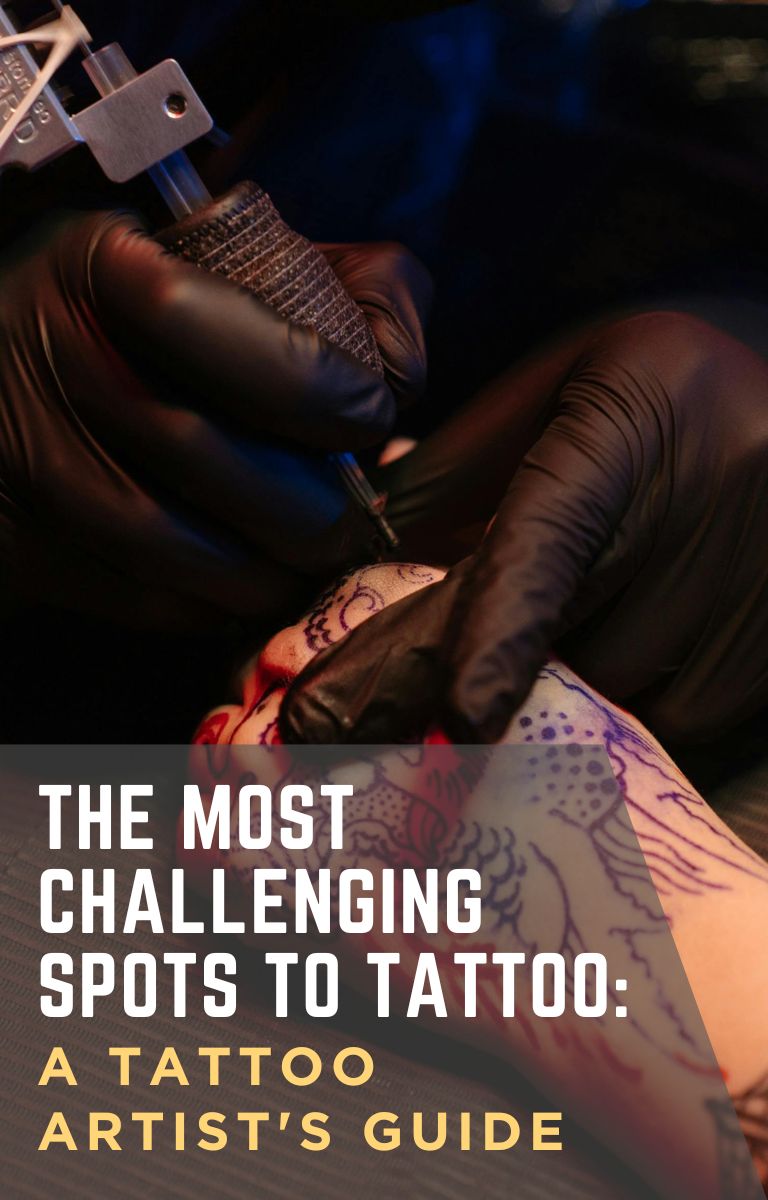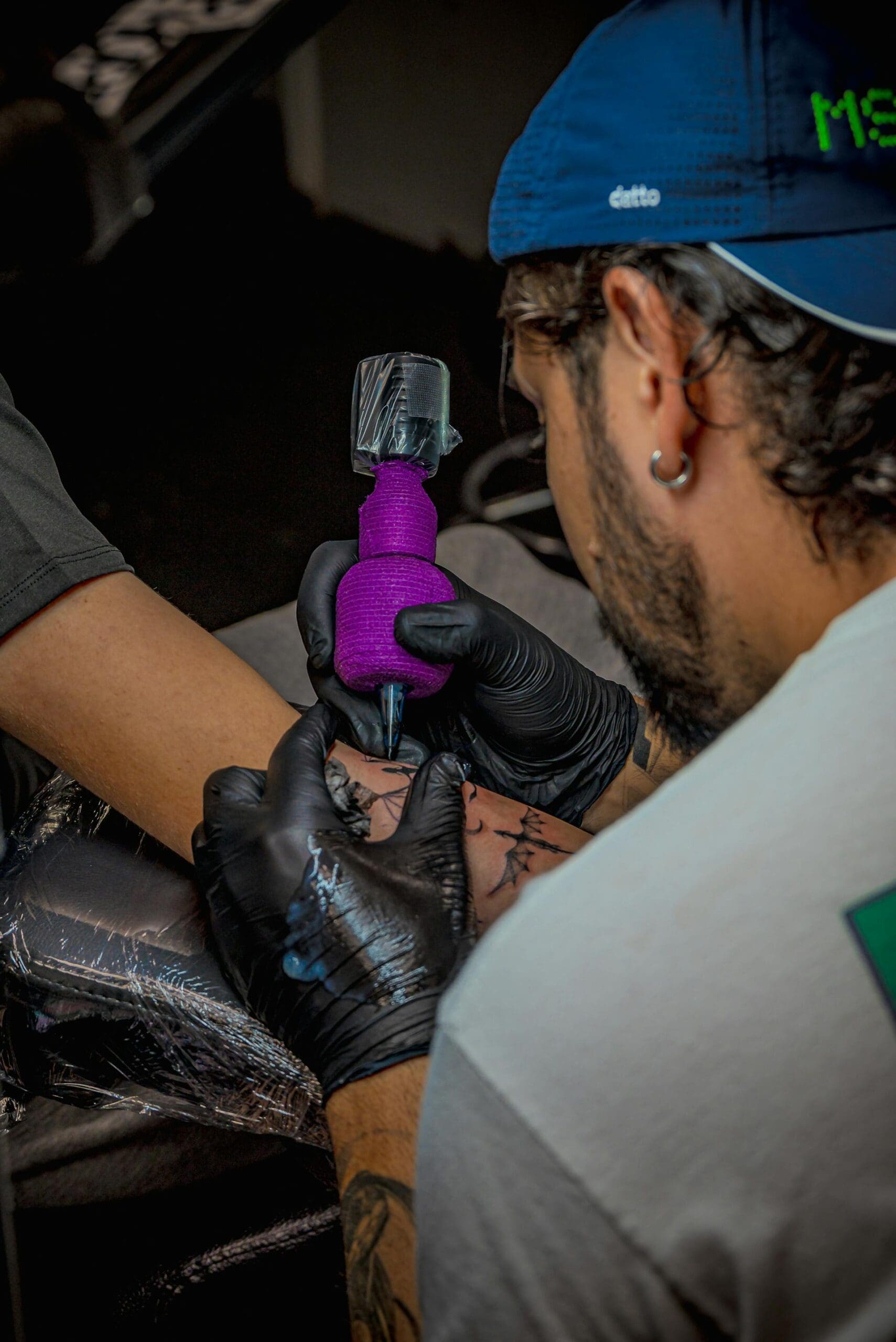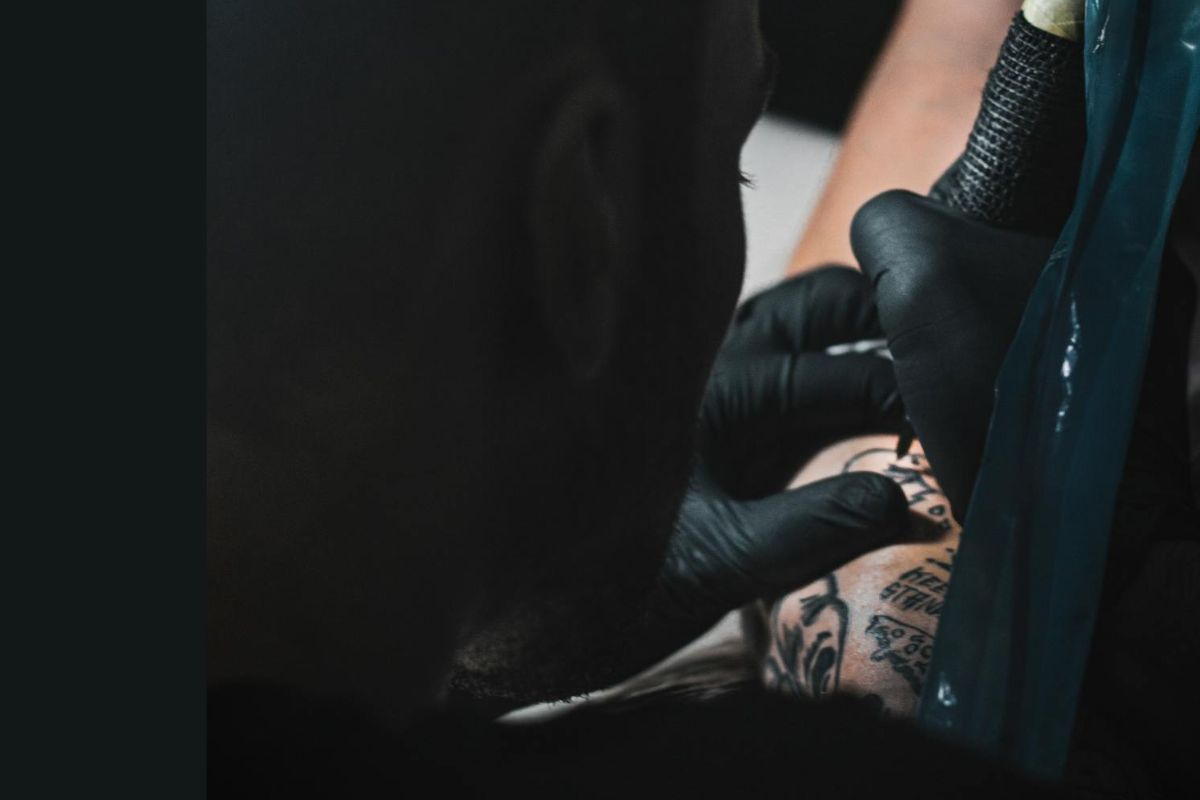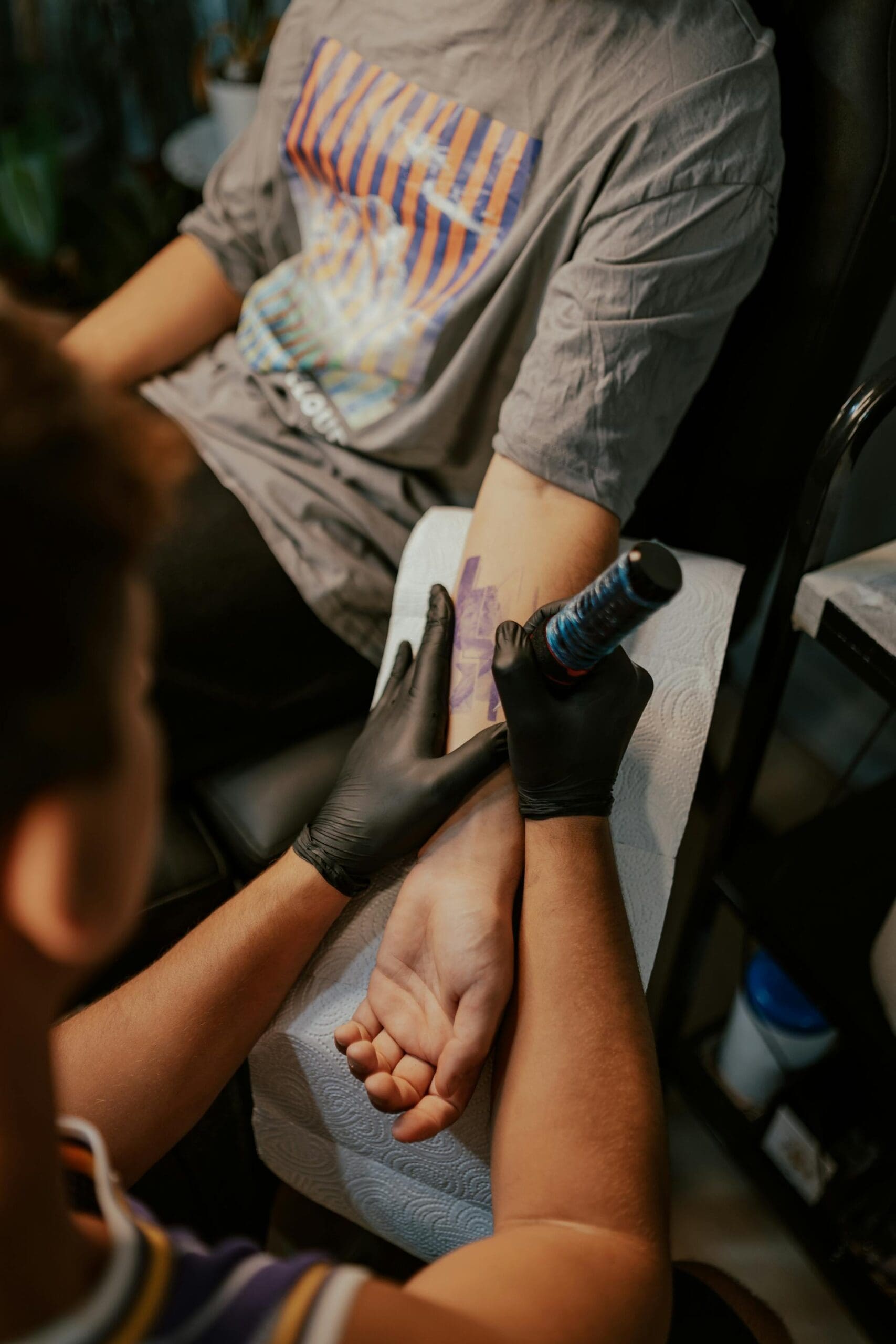Human bodies aren't flat. They stretch, curve, move, and react. Some spots are bony. Others are soft and squishy. Some places are constantly in motion, and others are just plain sensitive. That combo of anatomical complexity and client response is what makes certain areas the most challenging spots to tattoo.
Ribs and Side Torso
The ribcage moves constantly with every breath, with thin skin over the bone. It's one of the most painful areas for clients. The side torso is also tricky because it's large, curved, and challenging to keep taut while tattooing.
Pro Tips:
- Instruct clients to breathe deeply and steadily and try not to hold their breath (or laugh).
- Use stretch techniques for tattooing. Pulling the skin taut makes your lines cleaner.
- Be ready for frequent breaks. Clients will need them, and so will you.
Elbows and Knees
These joints are bony, uneven, and full of movement. The skin here is thick and elastic, meaning ink doesn't always go in evenly. Plus, your design has to withstand constant flexing.
Pro Tips:
- Go for bold, simple designs that won't distort easily. Skip intricate designs with tiny details or delicate lines.
- Pay attention to needle depth. Too shallow, and it fades; too deep, and you risk blowouts.
- Warn clients about longer healing times and possible touch-ups.
Hands and Fingers
Hands move all the time. The skin here regenerates quickly, making it prone to tattoo healing challenges. This area is one of those spots where even pros get inconsistent results.
Pro Tips:
- Set realistic expectations. Tell your clients these tattoos will fade faster.
- Stick with bold lines and simple art. Details blur quickly here.
- Clean thoroughly, use gloves, and remind clients that this area is at high risk for infection.
Feet and Toes
The feet come with multiple challenges. There's thin skin, bony surfaces, and constant friction from socks, shoes, and walking. It's no surprise that foot tattoos fade and get distorted easily.
Pro Tips:
- Emphasize proper tattoo aftercare. No tight shoes, no sweaty socks, no problem.
- Avoid placing designs too close to joints.
- Explain that fading is likely and touch-ups may be necessary.
Neck and Throat
The neck and throat area is curved, sensitive, and highly mobile. Tattoos in this spot experience more wear and tear than other body parts. Plus, the skin on the neck and throat tends to be thinner and more prone to wrinkling, which makes the tattoo look wonky over time.
Pro Tips:
- Ask another Tattoo Artist to help stretch the skin so you can work cleanly.
- Pay attention to breathing patterns. Avoid the Adam's apple area when possible.
- Move slowly and stay focused. Tattooing the neck and throat safely takes patience.
Inner Biceps and Armpits
Soft, stretchy skin + constant movement + a bunch of nerve endings = not a fun combo. Clients often flinch, and you're working in a tough-to-reach spot. No wonder this one's a challenge.
Pro Tips:
- Use a firm stretch and slow hand speed.
- Don't be afraid to split this into multiple sessions.
- Watch out for excessive sweating to keep the stencil quality and ink flow clean.
Stomach and Abdomen
This area is a wildcard. Skin elasticity here changes with weight fluctuation or pregnancy. It's also a sensitive and painful area for most people.
Pro Tips:
- Let the client lie fully relaxed. Tense stomachs = bouncy skin.
- Use designs that can handle a little shape-shifting over time.
- Discuss your client's pain tolerance. Take breaks when needed.
Face and Ears
This area is delicate, prominent, and prone to blowouts. But this isn't just a technical challenge; it's an emotional and social one, too! Facial tattoos have serious life implications, including future job prospects, relationships, and social interactions. Many clients underestimate that.
Pro Tips:
- Triple-check that your client is fully committed.
- Stick to fine-line techniques and avoid going too deep.
- Educate the client on healing and scarring risks.












